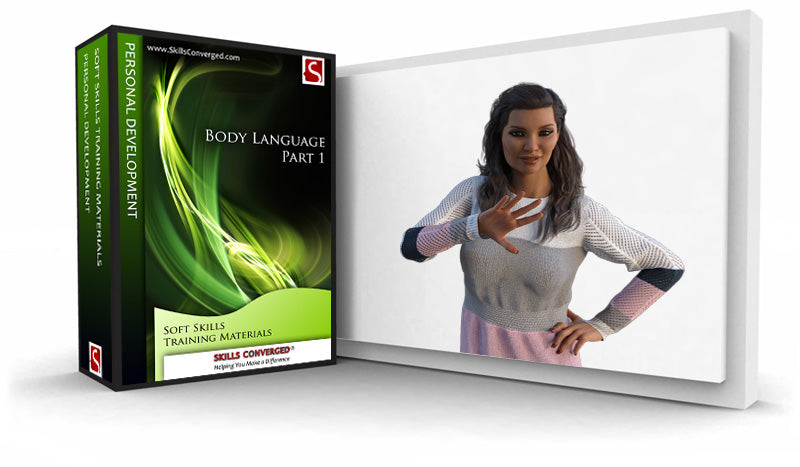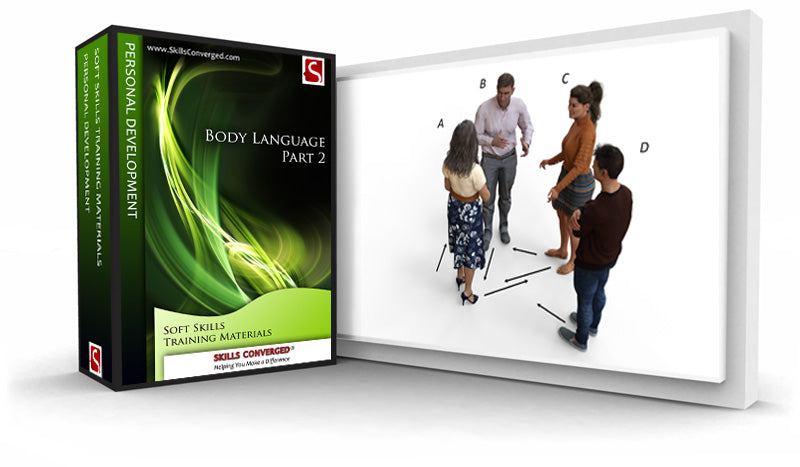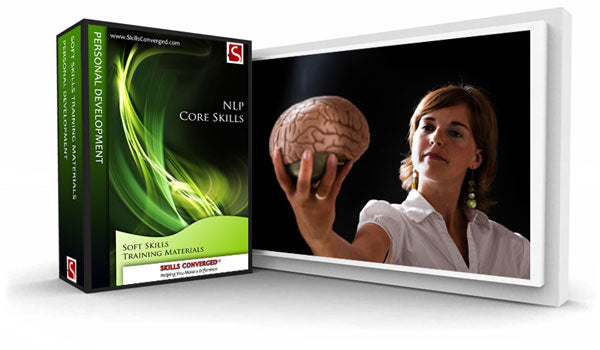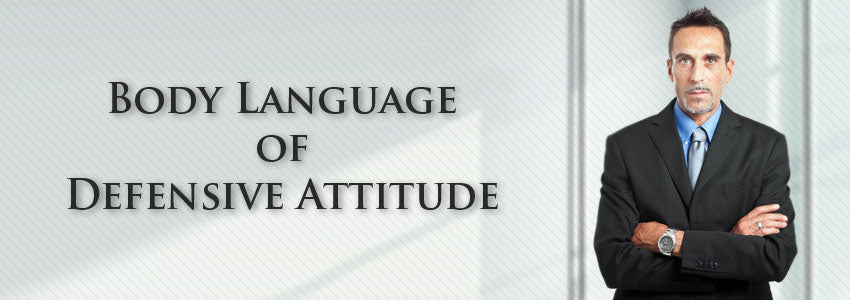
Body Language of Defensive Attitude
When someone tries to dominate or when you feel you are under attack, you may adopt a defensive posture. Knowing how to read a defensive body language has many benefits. Suppose, you see that a person you are talking to has become defensive. A defensive stance can lead to a defensive mind and so long as the person is holding that posture, he may remain resistive to you. You can alter your own behaviour to put the person at ease.
An even more important use is to know when you are showing defensive signals. You may show these signals unconsciously, but your awareness of these signals allows you to return to a neutral stance when needed. A defensive posture can encourage a dominant posture by the other person, so awareness of these signals can help you to adjust how you are seen.
The following are a number of classic postures and gestures associated with a defensive attitude:
Crossed Arms
A crossed arm is one of the most common and widely used gestures to portray a defensive stance. Crossed arms form a barrier protecting a person and the sensitive parts from an imminent attack. This gesture goes back to our ancient roots where protecting vital organs in a fight is a critical priority. The body language gesture has stayed with us even though a verbal combat may not be that damaging to our sensitive organs!

Crossed Legs
A person standing with one leg crossed over the other leg. This is usually a sign of being defensive, insecurity or submissiveness. It symbolises denying access to genitals (for women), or blocking a potential kick where it hurts (for men).

A variation is crossed legs while sitting, though this is a particularly common posture both for men and women and is used often as a habit which makes it difficult to use consistently as a signal for a defensive attitude.

Crossed legs alone is not a reliable signal for a defensive attitude
Using a Physical Barrier
Rather than using arms, a person may use objects to form a barrier between himself and the other person, symbolising a defence against an attack.
Examples are:
- Hugging a magazine, report or a writing pad
- Holding a staff/umbrella in front as a barrier.
- Standing behind a bag, a briefcase or a suitcase while in a conversation with another person
- Holding a pen in front (sometimes with both hands) acting as a barrier.
- Straddling a chair in reverse. It places the back part of a chair as a barrier between the two people while also forcing the person sitting to adopt an open crotch display, indicating dominance. It is somewhat of a passive/aggressive approach.
- Sitting behind a desk. The desk will act as a physical barrier.

Rigidity and Small Movements
When defensive, people are likely to become tense. As a result, they will remain rigid with tense muscles and move very little. If you ever spot this classic non-verbal signal, make the person move. This will break the defensive stance and a potential defensive or rigid mind.
Similarly, if you find yourself stiff, tense and static, you are likely to stop thinking and instead daydream or simply remain stuck in whatever you are trying to solve. Body follows the mind and the mind follows the body. Stand up, stretch and go for a short walk to break the static posture and free your mind from the virtual cul-de-sac.
Increasing Physical Space
When feeling defensive, a person may prefer to stay away from a dominant person or a potential attacker. A classic non-verbal example can be seen when observing the body language of a couple who argue with each other while walking. As the argument gets more heated the physical distance between the couple increases. One person may even decide to change the pace by going slower (usually the woman) or faster (usually the man) to further increase the distance. Another variation is that one of them may go sideways to increase the physical distance between them. However, they never get too far apart from each other and bounce back much like being attached with a piece of string. It is effectively a power game played with body language.
American Figure of Four Leg Cross
This sitting position is popular in America but much less popular in Europe/UK especially with the old generation. It is usually a sign of relaxed and perhaps dominant attitude.
In the Middle East, this posture can be considered rude as the sole of the shoe is shown to the other person, which usually indicates that, “you are less than what I walk on”. This posture is certainly avoided when sitting in front of an older or more senior person.
If a person locks the leg with one or more hands, it indicates a stubborn and unwilling attitude. It means that the person has adopted a particular position and could be unwilling to compromise.

Relaxed, but dominant
Talking to an Audience
If you are giving a public presentation or are talking to an audience, it is critical to read their minds by observing their body language. If they adopt a closed body language, such as crossing arms and legs while you are talking it is likely that they have become resistive to your argument. A defensive body posture leads to a defensive and closed mind; they are likely to reject your ideas. To overcome this, you have two choices; you can either shift to a more convincing argument to make it more acceptable to them (if possible), or to physically force them to abandon the defensive postures.
For example, you can allow a short break, so people can leave their seats and automatically lose their defensive body language and hopefully when they come back, they will not adopt the defensive posture again. This will give you a second chance. Another method is to ask them a question and expect them to raise their hands. You will need to ask a question that many will answer yes, and hence it forces most of them to uncross their arms. Alternatively, you can ask two questions back to back where one set raise their arms for the first question and the other set for the second question.
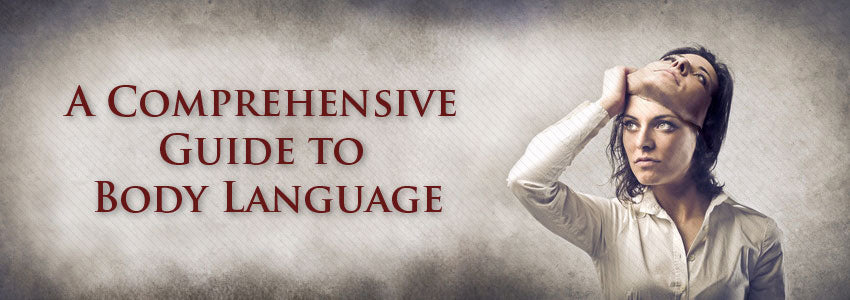
All Articles in the Series
A Comprehensive Guide to Body Language
Origins of Humans and Body Language
How to Read People Using Their Body Language
How to Influence Your Emotional State Using Body Language
Body Language Across Different Cultures
Body Language of Defensive Attitude
Body Language of Good First Impressions
How to Improve Personal Impact
Continue Reading the Body Language Series..
Body Language Guide Article IndexBody Language Training Materials
Body Language Exercises
Explore our collection of free body language training exercises and articles:



Use this body language exercise at the beginning of a session before covering non-verbal communication. The aim is to find out how much delegates already know about this topic and...
The aim of this exercise is to get the delegates think about body language and gestures and observe how such signals can be instrumental while communicating. The training exercise illustrates...
This is an exercise in communication with the aim to increase awareness of body language and non-verbal communications.





